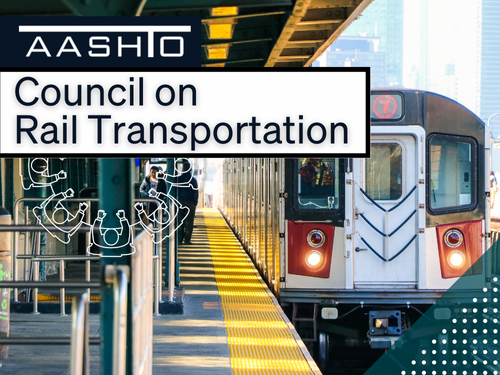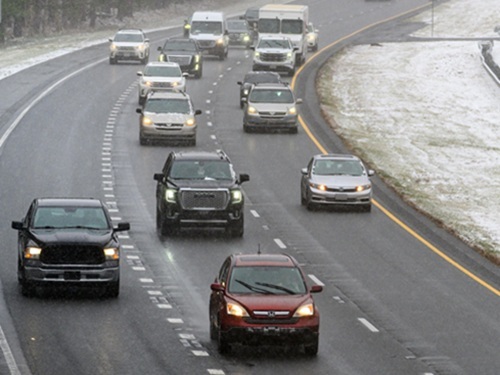Environmental planning and community impact are two critical issues affecting infrastructure strategy for state departments of transportation, according to a panel discussion held during the annual Transportation Research Board meeting in Washington D.C.
One result of those pressures is the “Quality of Life” framework developed by the Utah DOT in 2018, explained Carissa Watanabe, one of the agency’s environmental performance managers. She explained during the panel discussion that the “four pillars” of that framework are good health, a strong economy, better mobility, and connected communities.

“This is a newly formulated process at Utah DOT where we are trying to define problems and opportunities when it comes to transportation projects,” Watanabe said.
“For example, we need to be more mindful when it comes to recreation needs when we engage in projects,” she pointed out. “We’ve found that if we do not plan to accommodate space for a proposed hiking trail within our transportation project plans, it will never get built. So we need to leave space for them to be built.”
State DOTs are also focusing more on environmental needs within transportation projects as well, added Kris Gade, a roadside resources specialist with the Arizona DOT.

“Environmental planning for us now includes a focus on key water-related issues, vegetation management, and the monarch butterfly conservation agreement,” she said.
“We have to maintain our right-of-ways for safety but then we look at what we can do further from an environmental standpoint,” Gade added. “For example, one goal is to establish self-sustaining plantings that reduce our maintenance cost while also providing a better migration path for western butterflies.”
Taking a more environment-focused approach is also changing how state DOTs manage their equipment. In the case of the Washington State DOT, that means transitioning their ferry vessels from diesel-only power to hybrid systems that use electricity for propulsion.

“Our ferry vessels represent 75 percent of emissions; 22 vessels that transport 24.5 million passengers and consume 18 million gallons of diesel,” said Karin Landsberg, a senior air quality emissions policy specialist with WSDOT. “So we are transitioning to electric and hybrid propulsion and the use of biofuels. Once shore-side electric charging is operational, our ferry vessels will be able to operate on electricity 90 percent of the time.”
Finally, Carlos Swonke – environmental affairs division director for the Texas DOT – noted that community engagement is becoming a key aspect of his state’s transportation work.

“We’ve been working on an $8 billion interstate project into Houston for six years now; we’re in the process of writing the final environmental impact statement now,” he said. “But when we have a mega-project like this affecting thousands of residents, it is easy to lose sight of the individual perspective.”
The new highway may displace 27,000 residents, so he said Texas DOT is committing as part of the project to help build more affordable single family housing, enhance the relocation program, and conduct a more enhanced historic survey of affected neighborhoods – in some cases going so far as to help restore some structures.
“In a supplement to our report on the project, we documented the history of the Independence Heights neighborhood in Houston; they never had the history of their neighborhood documented before,” Swonke noted. “That’s one of the extra steps we’ve taken to alleviate community impact issues.”
 Nation
Nation
Registration Open for AASHTO’s Winter Rail Meeting
December 19, 2025 Nation
Nation

